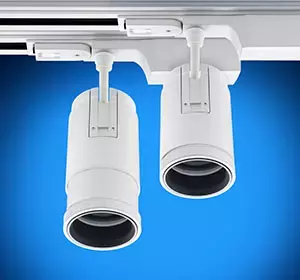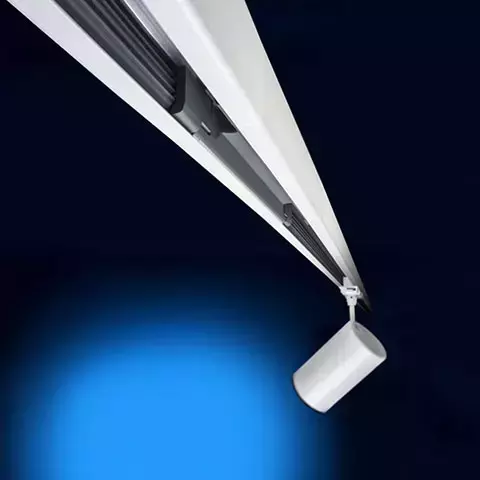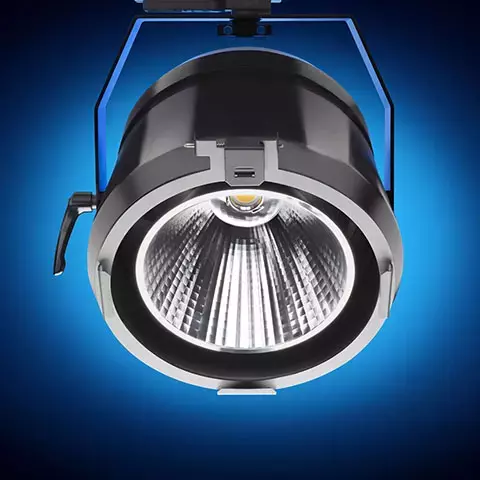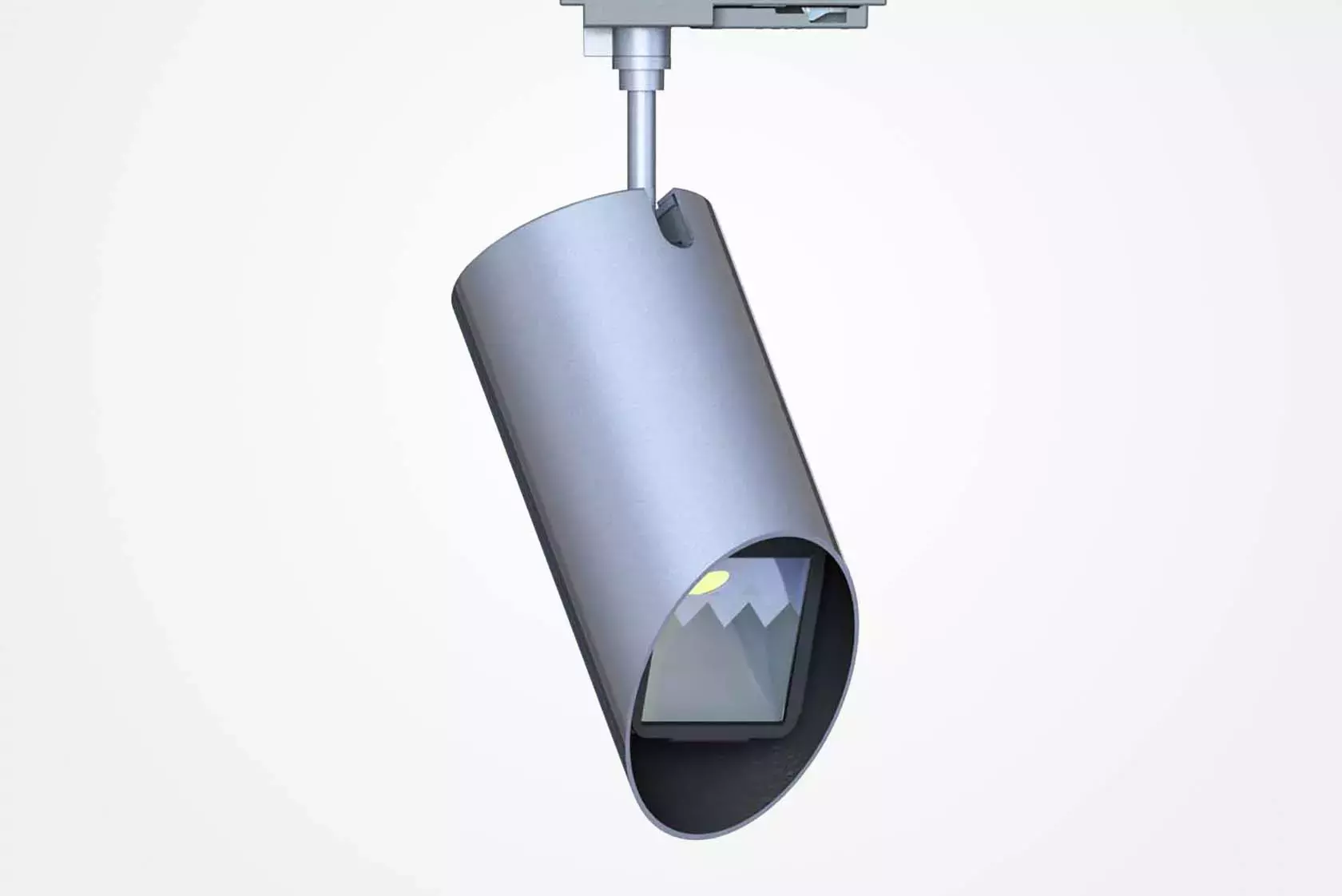9/11 Memorial & Museum
Museums devoted to human tragedies—wars, disasters, and this project commemorating the 9/11 attacks on the World Trade Center—necessitate a delicate balance between rationality and emotion. By restraining the impulse to “design in a minor key,” the lighting design team from Fisher Marantz Stone avoided melodrama in this project, allowing visitors of the memorial to develop their own responses and emotions. Dictated by the architecture, the lighting design was developed to preserve a balance between rational and emotional, light and dark, hot and cold.
Primarily designed in 2007 and 2008, this project uses only metal halide and fluorescent sources. All exposed fixtures are organized in linear slots aligned with the visitor routes. Thus, the museum manages to be passionate and dispassionate, light and dark, hot and cold.
“This powerful interior design was advanced by equally powerful lighting,” one judge from the IALD commented on the project. “The scheme created a contemplative and solemn atmosphere for this unique memorial.”
The iconic torqued entrance pavilion frames wrecked steel, providing views and daylight to the museum entry. The long entrance enhances the visitor’s adaptation to the museum’s light levels while permitting them to confront the museum’s subject matter at a personal pace.
Upon entering the museum itself, the visitor travels down a twisting, dark wood ramp with pre-9/11 views on one side and a brilliantly lighted silver wall on the other. This view introduces the major organizing strategy of the museum: two metal volumes in precisely the location and size of the twin towers. Light reflected by these volumes is the main source of general light for the space, recalling the amazing reflections of the sun lighting the towers.
“The vibrant and glowing walls enhance the message of hope of this emblematic memorial,” another IALD judge observed of the project’s design.
Finally, visitors reach an overlook, seeing for the first time the immense West Chamber with surviving slurry wall, a bulwark against the water of the Hudson on their left, and one of the glowing silver volumes on their right. The ramp ends at ground zero, the bedrock upon which the towers were built. The silver volumes provide all of the general light for the space, while careful accent lighting illuminates the objects on display.
Architectural Lighting Design: Fisher Marantz Stone
Historical Exhibit Lighting Design: Layman Design























